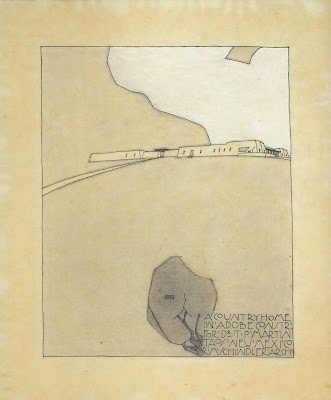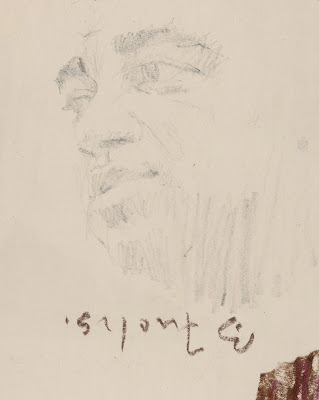Edward Hopper loved to ride the elevated train through the city at night. As the apartment buildings raced by in the dark, he would catch flashes of unearned intimacy: lonely people staring at the walls... desperate couples... people whose privacy was protected only by their anonymity. Sometimes I think that artists, like philosophers, are keyhole peepers at heart. They are observers, once-removed from the primacy of experience by the burden of consciousness. If Hopper lived today, he might get the same glimpses of humanity from Google. He could access an endless supply of private moments, intimate photographs, agonizing diary entries and personal confessions, efficiently organized and served up with the speed of an electrical pulse. He could download and catalogue them without ever leaving his chair. But art calls for a little less information and a little more rumination. Or, as Carl Sandburg said, poetry is "the opening and closing of a door, leaving those who look through...










